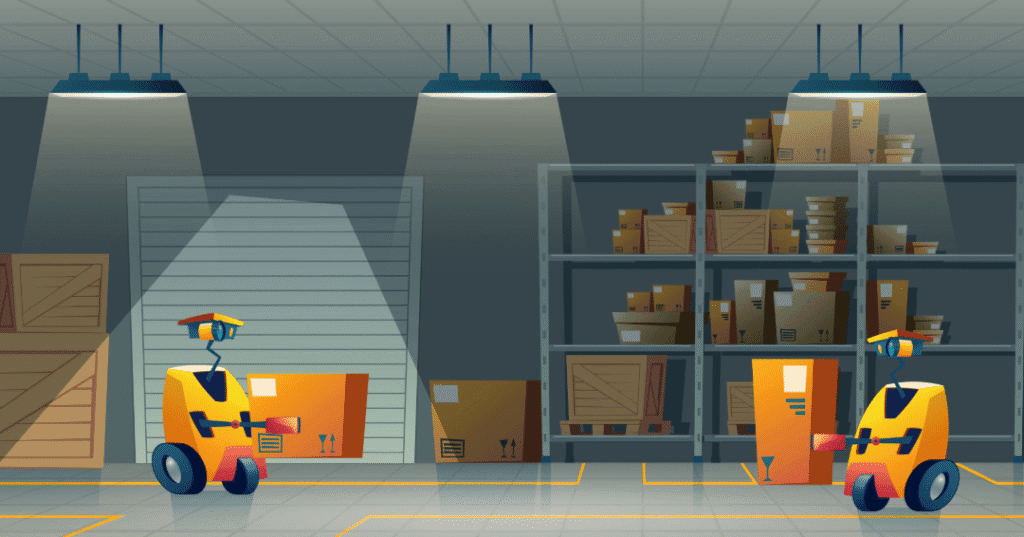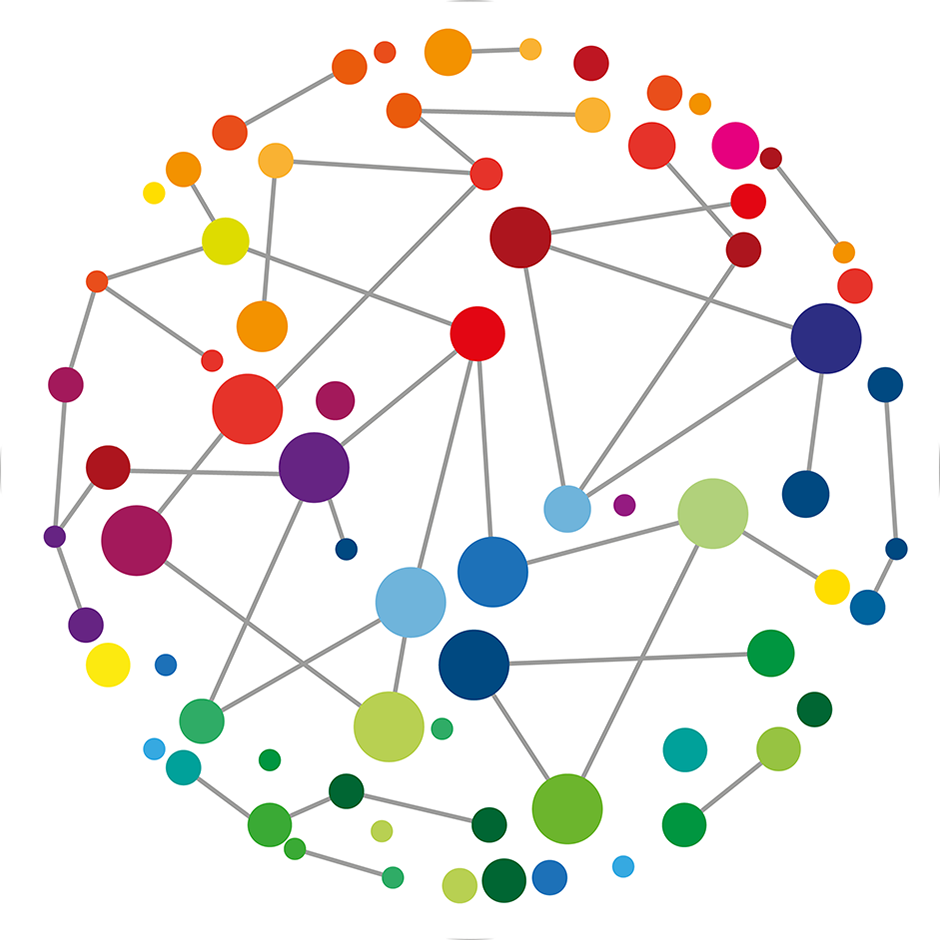3PL Trends in 2025 and Beyond: Robotics, Data, and Why Flexibility Beats Automation

3PL Trends in 2025 and Beyond: Robotics, Data, and Why Flexibility Beats Automation
The Changing Shape of Fulfilment
The e-commerce fulfilment sector is entering a new phase in 2025. Retailers facing rising customer expectations, volatile supply chains, and competitive online marketplaces are demanding more from their third-party logistics (3PL) partners. Automation, artificial intelligence, and robotics dominate headlines, but behind the marketing gloss, a different reality is emerging.
The real winners in 2025 are not those who simply deploy the most robots, but those who combine smart e-commerce fulfilment technology with flexibility, people-led decision making, and resilience. This article explores the key 3PL trends for 2025 and beyond and explains why adaptability is now a more valuable asset than pure automation.
Robotics in 3PL – Progress and Pitfalls
The use of robotics in warehousing is expanding rapidly. From automated guided vehicles (AGVs) to robotic arms capable of handling diverse SKU profiles, the promise is efficiency, speed, and consistency. According to McKinsey, warehouse automation adoption is projected to grow significantly in the next five years, driven by rising labour costs and demand for 24/7 fulfilment.
Yet, there are limits. Robotics excel in standardised environments – high volumes, consistent packaging sizes, and predictable product flows. Where operations involve irregular SKUs, fragile products, or high-touch services such as custom packaging, automation can struggle. This creates risk when retailers entrust their growth entirely to a robotics-heavy 3PL model.
Data as the Real Differentiator
If robotics is the visible trend, data is the hidden one. The most successful providers in 2025 are those leveraging real-time data to drive forecasting, inventory management, and carrier performance. Visibility platforms now allow brands to track parcels across networks, identify bottlenecks, and reallocate inventory before issues escalate.
This is where the future of e-commerce fulfilment technology lies: not in machines completely replacing humans, but a collaborative approach, weaving in the data to enable smarter human decision-making. For example, IMRG benchmarks show that missed service levels and late carrier escalations are among the most common sources of fulfilment failure. Providers that monitor these metrics daily and act fast outperform those relying on automation alone.
The Flexibility Imperative
One of the most important 3PL trends in 2025 and beyond is the shift towards flexible fulfilment. Retailers no longer want one-size-fits-all solutions. Instead, they need partners who can:
- Scale order processing up or down during seasonal peaks.
- Support diverse SKUs without forcing packaging standardisation.
- Offer a range of carriers rather than locking clients into a single provider.
- Reroute operations manually when exceptions arise.
Rigid automation cannot deliver this. A flexible 3PL model combines technology with trained teams able to respond in real time. As one industry observer notes, “the most advanced system is still only as effective as the humans monitoring and adjusting it.”
Robotics vs Flexible 3PL – Which Wins?
The debate between robotics vs flexible 3PL 2025 is not about rejecting automation altogether. It is about balance. A 3PL that relies solely on robotics risks becoming brittle when unexpected variables, from carrier delays to SKU changes enter the system. Conversely, a people-led but data-driven 3PL can adapt processes, reroute orders, and safeguard customer experience.
In practice, the optimal fulfilment partner in 2025 will:
- Use automation for repetitive, high-volume tasks.
- Layer data analytics across every stage of the supply chain.
- Ensure experienced teams are applied to oversee exceptions, solve problems, and maintain service levels.
This hybrid model prioritises reliability and customer satisfaction over speed alone.
Why Flexibility Beats Automation in the Long Run
For smart retailers, fulfilment is not just about dispatching boxes, but also about protecting customer lifetime value. A fast but failed delivery erodes trust; a slightly slower but consistently accurate delivery builds it.
Automation can accelerate fulfilment, but it does not automatically improve reliability. In fact, over-reliance on robotics can reduce agility, especially when introducing new SKUs, handling fragile stock, or resolving last-minute carrier issues. A flexible, people-led model ensures that brands do not suffer SLA breaches, misallocated stock, or £50,000 peak-season mistakes that have been observed in Q4 post-mortems.
Ultimately, fulfilment models that protect customer experience are the ones that drive repeat orders, higher retention, and scalable growth.
Pro FS’s Perspective – Built for Flexibility
At Pro FS, we see this play out daily. Our clients, from international beauty brands to fast-growing e-commerce retailers, need more than machines. They expect a partner who can adapt when order volumes spike, when SKUs diversify, or when carriers underperform.
By combining advanced e-commerce fulfilment technology with a highly skilled operations team, Pro FS delivers the best of both worlds: efficiency without rigidity. This approach gives retailers transparency, reliability, and the peace of mind that comes from working with a 3PL built for scale.
The Future Belongs to the Flexible
Automation will continue to play an important role. Robotics will speed up standard tasks. Data will deepen visibility. But flexibility will determine which 3PLs deliver real value to retailers.
For brands evaluating fulfilment partners this year, the critical question is not “How many robots does your warehouse use?” but rather “How quickly can you adapt when things go wrong?”
The future of fulfilment belongs to providers who answer that second question with confidence.
Speak to our team today to learn more about our flexible 3PL approach.


